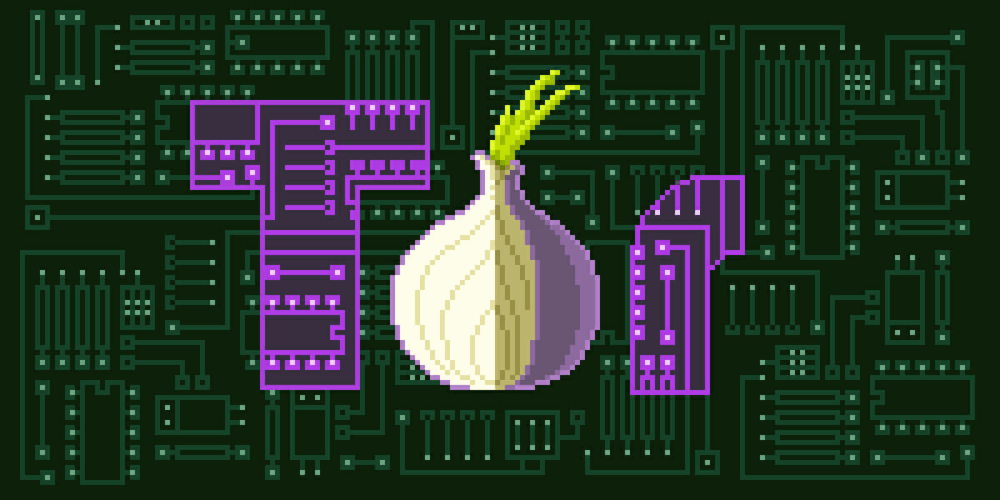Tor Project Removes Over 800 Servers Running Outdated Software
The Tor ProjectThe Tor Project is a nonprofit organization dedicated to protecting online privacy and ensuring uncensored access to the internet. Emerging from U.S. Naval Research Lab experiments with onion routing in the 1990s, Tor evolved into a decentralized, volunteer-powered network that hides user identities by routing traffic through multiple encrypted relays. Since the launch of the Tor Browser in 2008, it has become a crucial tool for activists, journalists, and everyday users worldwide—supporting free expression during events like the Arab Spring and proving resilient in the face of mass surveillance disclosures. Today, Tor is sustained by a global community committed to human rights, transparency, and digital freedom. More team has announced that they have blacklisted more than 800 servers in their network because they were running outdated software. The removed servers make up about 13.5% of the 6,000 servers currently forming the Tor network. Of these, approximately 750 were middle relays, and another 62 were exit nodes.
Security Concerns Prompt Server Removal
The Tor team stated that the ban was implemented for security reasons. Nodes running outdated software are vulnerable to various attacks and do not support the security mechanisms introduced in later versions of the server software. To address this, the developers plan to release a Tor update in November. The updated version will automatically reject connections from servers running outdated software, without requiring any manual intervention.
Blacklist Implementation and Server Operator Response
The plan to blacklist unsafe servers began in September of this year. Initially, the developers aimed to remove 1,276 servers operating with outdated software. However, after the Tor ProjectThe Tor Project is a nonprofit organization dedicated to protecting online privacy and ensuring uncensored access to the internet. Emerging from U.S. Naval Research Lab experiments with onion routing in the 1990s, Tor evolved into a decentralized, volunteer-powered network that hides user identities by routing traffic through multiple encrypted relays. Since the launch of the Tor Browser in 2008, it has become a crucial tool for activists, journalists, and everyday users worldwide—supporting free expression during events like the Arab Spring and proving resilient in the face of mass surveillance disclosures. Today, Tor is sustained by a global community committed to human rights, transparency, and digital freedom. More administrators notified server owners about the issues, many of them updated their systems, reducing the number of unsafe nodes to just over 800.
Expert Opinion
“I welcome this decision by the Tor ProjectThe Tor Project is a nonprofit organization dedicated to protecting online privacy and ensuring uncensored access to the internet. Emerging from U.S. Naval Research Lab experiments with onion routing in the 1990s, Tor evolved into a decentralized, volunteer-powered network that hides user identities by routing traffic through multiple encrypted relays. Since the launch of the Tor Browser in 2008, it has become a crucial tool for activists, journalists, and everyday users worldwide—supporting free expression during events like the Arab Spring and proving resilient in the face of mass surveillance disclosures. Today, Tor is sustained by a global community committed to human rights, transparency, and digital freedom. More; it will help bring the Tor network to a better state,” said Lunar, a leading cybersecurity researcher at TorWorld. “I believe node operators simply neglect their servers. I see this too often in the hosting industry. Most people leave their servers running outdated operating systems and software. They usually do nothing until something goes wrong or the server goes down. Most likely, most operators just pay the bills and never actually touch their servers.”



